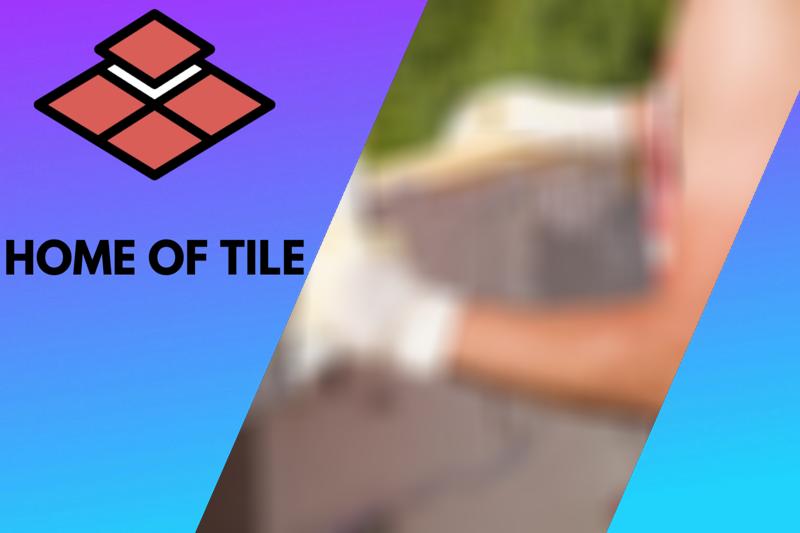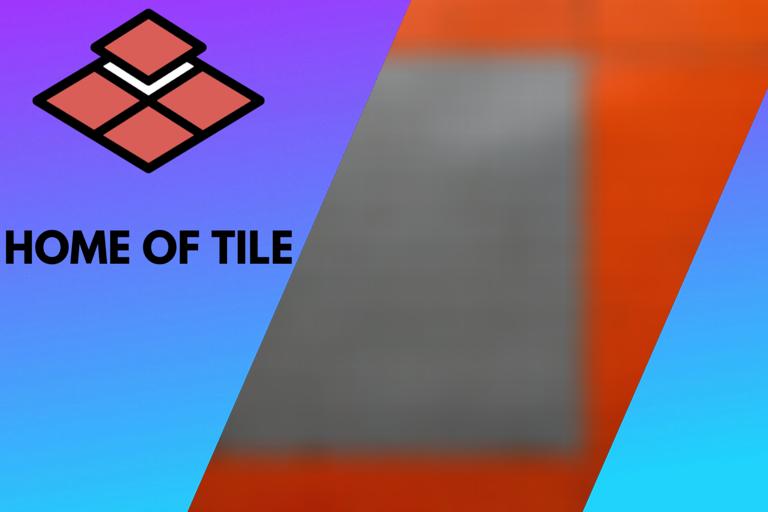Outdoor Tile Adhesive, 8 Things You Should Know
Are you planning to set up a cozy space in your backyard with an easy-to-clean floor? Does the concrete around your pool look dull, and do you want to beautify it? Whatever the reason, outdoor tiling looks amazing, but only if you install it properly and use the right adhesive.
When looking for an outdoor tile adhesive, choose an adhesive that can withstand wetness and heat from exposure to the elements. You must also check the label for the recommended tile dimensions. Additionally, most outdoor adhesives come in packages of dry material for you to mix.

A proper adhesive for your outdoor tiling project is critical for a beautiful, durable finish. However, choosing the right adhesive might be daunting. Read this article for details on what you should know about outdoor tile adhesives and the best one to use for your exterior tiling project.
Contents
What Outdoor Tile Adhesives Should You Use?
The outdoor tile adhesives that you should use are polyurethane-based adhesives and modified thinset mortar. They are resistant to temperature and water changes and stronger than regular adhesives like unmodified mortar or mastic.
Thinset mortar is versatile and slippery with a smooth consistency that comprises silica sand, portland cement, and a moisture-retaining agent. It is generally the best choice for your indoor and outdoor tiling projects.
Modified thinset mortar sticks tiles to different surfaces, such as concrete or cement. It contains additives that help it withstand time and weathering and has more polymers and cement, making it perform better. On the other hand, unmodified mortar and mastic do not have resistant additives to withstand temperature fluctuations and water.
Your other option, the premium polyurethane (PL) adhesive, is a polyurethane-based adhesive that is stronger than regular construction adhesives. However, it is more expensive than thinset mortar, so it is best to use it to fix loose tiles or for a small project.
Can You Use Standard Tile Adhesive Outdoors?
You can use standard tile adhesive outdoors. However, it is less effective than modified adhesives, which have greater resistance to frost and movement due to reduced porosity and enhanced strength. Exterior tile adhesive requires higher specifications due to exposure to the elements.
Exterior tiles experience extreme temperature swings, which cause the tiles to contract and expand at varying rates. When you fix them rigidly, stress builds between the materials, and the tiles fall off once it exceeds the bonding force. Therefore, using an adhesive that can withstand extreme temperature variations is critical for outdoor projects.
Is Thinset Suitable for Exterior Tiling?
Thinset is suitable for exterior tiling, as it’s a versatile option for various applications. It is moisture and mold resistant, has a strong bond, and remains intact even in hot areas. It is an excellent option for floors and wet areas, especially for small DIY projects.
For tiling on a cement surface and wood flooring, thinset is the best adhesive option you can use. There are two forms available:
- Standard thinset. This one comes in powder form, and you must mix it with water before use. It is ideal for multiple spaces or large projects because it immediately starts setting after you prepare it, so you must use all of it or discard whatever remains.
- Premixed thinset. This ready-to-use thinset comes in tubs. It is convenient and easy to use but heavy and more expensive than the standard thinset.
Thinset is made from inorganic materials and can be either unmodified or modified. And as previously mentioned, unmodified thinset contains sand, cement, and a water retention agent, while the modified type also contains liquid latex polymers.
Modified thinset is the best for floors and areas with a lot of moisture, such as the bathroom or outdoors.
Can I Fix Outdoor Tiles With Mortar?
You can fix outdoor tiles with mortar because of its high air content and water retention ability. When temperatures dip, water inside the mortar forms ice, which fills the air bubbles and protects the mortar from cracks. However, you must choose the right type of mortar for the job.
Mortar comes in different types, each with distinct features such as bonding properties, flexibility, and compressive strength. Each type has a specific ratio of sand, cement, and hydrated lime, and your choice will depend on its application.
Here are the types of mortar and their most suitable applications.
- Thinset. This is the most common type of mortar for all projects due to its strong bond and resistance to heat and moisture. You can buy it as a powder and mix it with water or buy the premixed version. If the area you’re working on has a high moisture content, thinset is the best mortar type to use.
- Mastic. Tile mastic is a sticky, water-based acrylic adhesive that is premixed and easy to clean. It is usually applied to dry areas but not to glass tiles. It is also nonresistant to moisture and heat and cannot level an uneven surface.
- Epoxy mortar. This waterproof and chemical-resistant mortar contains powder, resin, and hardener. It sets quickly, is incredibly strong, expensive, and best for tiling ceramic floors. However, it is complicated to apply and is generally used in professional tile installation.
Things You Should Know About Outdoor Tile Adhesive
Here are some things you should know when looking for an outdoor tile adhesive.
1. It’s Crucial To Use the Right Adhesive for the Area
Use an adhesive formulated to withstand stress if the area you are tiling has heavy traffic or extreme temperature fluctuations. Use a premixed adhesive for walls, thinset mortar for the floor, and tile spacers to keep your tiles from slipping since thinset sets slowly.
2. The Adhesive Class Matters
Some outdoor adhesives might be made for specific materials or dimensions, so check the label for the manufacturer’s guidelines. However, such information can be inaccurate, so you should also check the technical sheet for the adhesive class.
Adhesives classified as C2 S2 class apply to all surface types and large tiles on plasterboards, balconies, and outdoor terraces.
3. Surface Needs Prepping Before Applying the Tile Adhesive
Removing all loose material and debris with a water jet, wire brush, or sandpaper is critical before applying the tile adhesive. Also, ensure that the surface is level because you might need a thick layer of adhesive for an uneven surface. Also, cement substrates must be older than 28 days.
4. Excess Water Weakens the Outdoor Tile Adhesive
Too much water weakens the bonding abilities of the adhesive. As the mixture becomes thinner, water molecules spread throughout the mixture. Water-saturated adhesives form bonds that crack, crumble, and deteriorate prematurely.
Final Thoughts
The exterior parts of your house are constantly exposed to the changing weather elements. Therefore, picking an adhesive that can withstand extreme temperature changes and moisture is critical. For your next outdoor tiling project, ensure you choose an outdoor tile adhesive that will dry quickly and last long.







